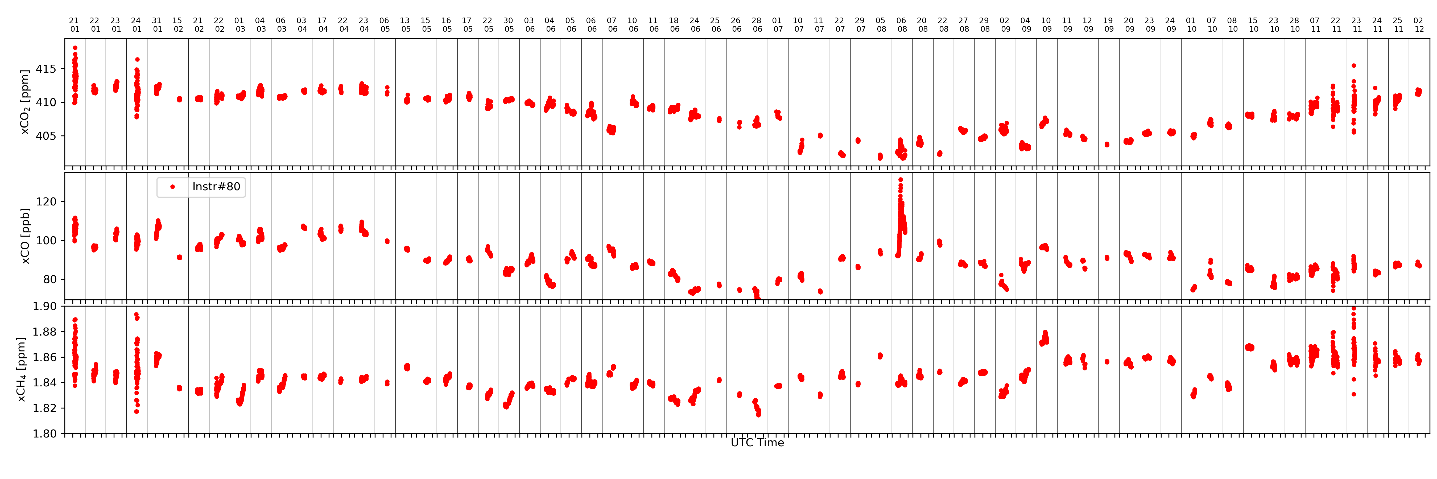File : D3.15
Author : Carlos Alberti (KIT) and Michael Buchwitz (UB)
This report summarizes the execution of and the results achieved by the city emission campaign carried out in St. Petersburg Russia by using a pair of FTIR instruments in 2019. Before shipment to Russia, the spectrometers were checked and calibrated at KIT, following the requirements of the COCCON (Collaborative Carbon Column Observing Network). After completion of the city campaign, one of the instruments was moved to Yekaterinburg while the other one remained at St. Petersburg, both collecting data at fixed locations. Column-averaged dry air mole fractions of CO2 (XCO2) are reported.
The city emission campaign in St. Petersburg is a case of study in Eastern Europe, aiming at empirically quantifying the CO2 emissions and the CO / CO2 emission ratios for the city source by using a pair of ground based FTIR remote sensing instruments operated in the framework of COCCON (type EM27/SUN manufactured by Bruker). Both instruments were set-up in variable daily locations along the up and downwind directions of St. Petersburg’s city. These locations were chosen depending on wind forecast and the NO2 plume orientation as modeled by HYSPLIT one day before field deployment.
A multi-year global data set of column-averaged mole fraction of CO2, i.e., XCO2 has been generated from NASA’s OCO-2 mission using an improved version of the FOCAL retrieval algorithm.

Figure 1 : Time series for XCO2, XCO and XCH4 obtained during the long-term period at Peterhof
